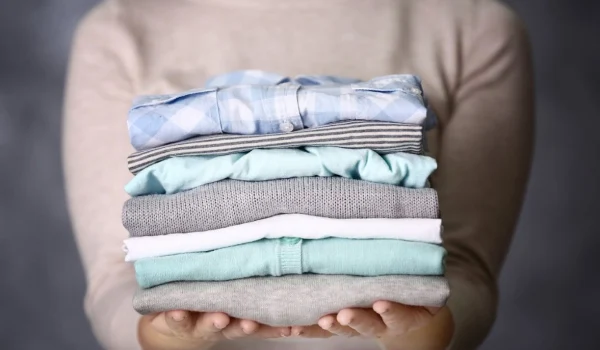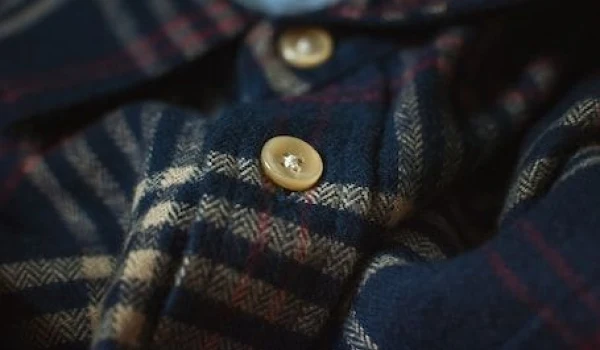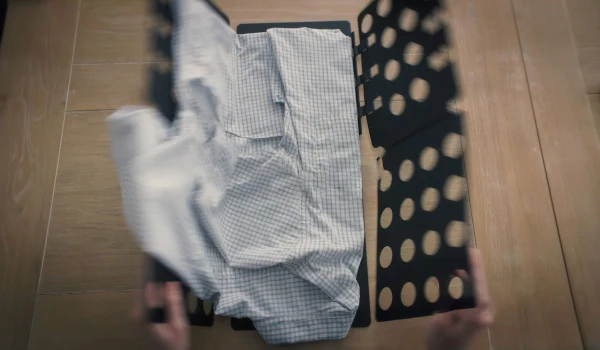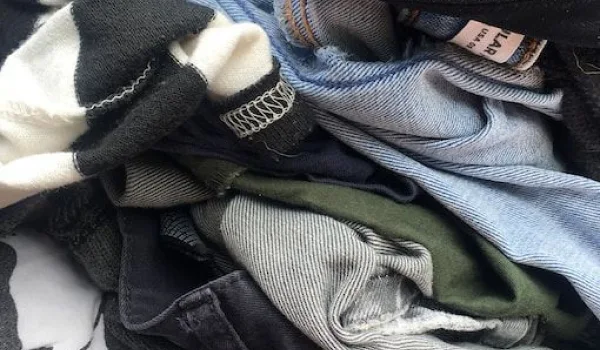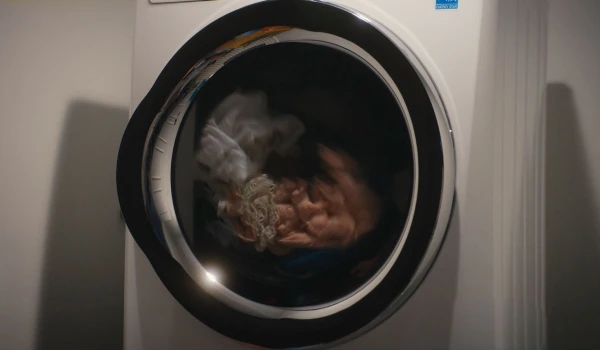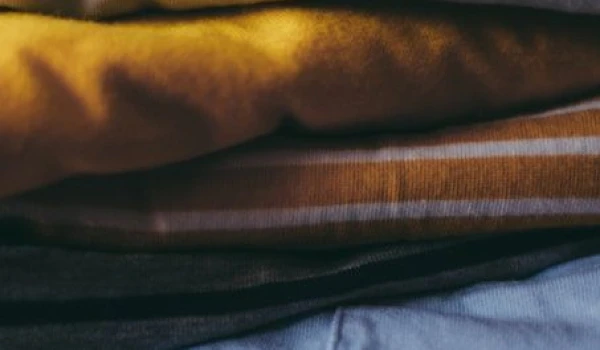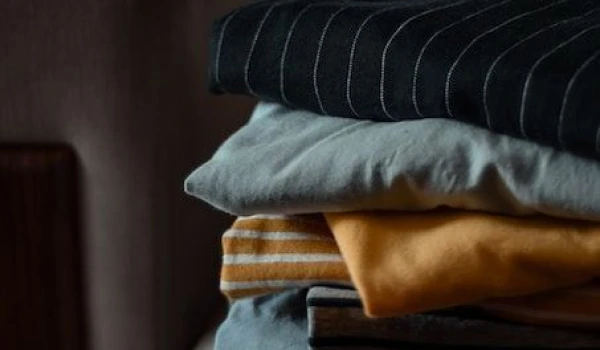Hundreds of years ago, possessing silk garments was a sign of luxury reserved for the fashion focused few who could afford it. Centuries later, silk still remains a coveted material (albeit a bit more affordable) -- and for good reason! Not only does silk look and feel fabulous, but it is lightweight, versatile, and a surprisingly strong fiber. The right silk top looks great dressed up for a day at the office, or paired with your favorite jeans for a more casual look.
Properly cared for, silk can add a striking and classy element to any wardrobe. Your best bet for keeping your silk in beautiful condition is to trust it to a professional dry cleaner. However it's still helpful to know the basics of how to care for your silk garments.
Here are answers to some of the most commonly asked questions about silk:
1. Is silk is more delicate than other materials?
Yes, silk is the most delicate type of material commonly used to make clothing. Unlike other materials such as cotton, which is much more forgiving when it comes to laundering and fabric care, silk is particularly susceptible to stains and damage from heat and light. While each silk fiber is surprisingly strong, it's important to educate yourself about how to properly care for your silk garments to avoid stains and damage.
2. Why do stains sometimes show up after I have a silk garment cleaned?
Even after the dry cleaning process, it's possible for stains to emerge on silk. What happens sometimes is that when a garment is exposed to heat or light, set in stains that weren't visible previously become visible, and they can actually change the color of the silk material. A classic example of this is perspiration stains near the underarm region of a top. A solution to this would be let your cleaner know what caused the stain on your garment to the best of your knowledge.
3. What can I do to keep my silk garments looking great?
Despite your best efforts, accidents and stains happen to the best of us. If you find yourself at having a slightly embarrassing mealtime mishap, there’s no need to worry! There are steps that you can take to prevent the stain from settling further into the fibers, and therefore increase the chances of totally removing the stain. When the mishap occurs, try your best to address the stain as quickly as possible since the quicker you can tend to it, the more likely you are to preserve the fabric. Use a clean damp cloth to gently wipe the stained area, taking care not to rub vigorously or apply undue pressure. You should also try to avoid exposing the garment to excess light and heat, which will expedite the stain setting process.
4. What should I tell my cleaner about cleaning silk?
Silk lovers, take note! This is an important question. You may not have realized it before, but there is a science to stain removal. Dry cleaners use a wide variety of cleaners and solvents to remove even the most difficult stains, so even though you might not think it really matters what the ingredients in that delicious red sauce were, it does. Your dry cleaner will choose a different stain remover to tackle the remnants of a creamy red sauce than they would to remove a plain tomato based sauce. Vegetable based stains are chemically different from protein based stains, and each stain requires different treatment. When you go to your cleaner, you should be try to be as specific as possible about what caused the stain so they’ll know exactly how to treat it.
Readers also liked:
1.) Your Complete Guide To Caring For Cashmere




